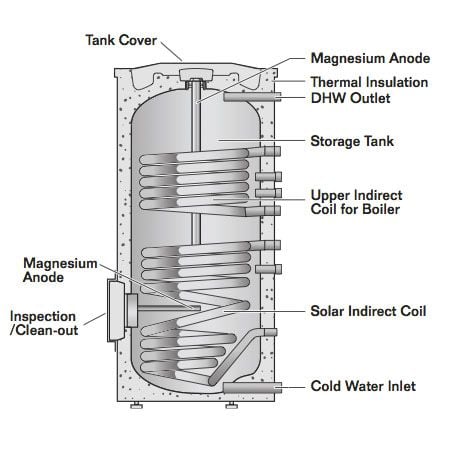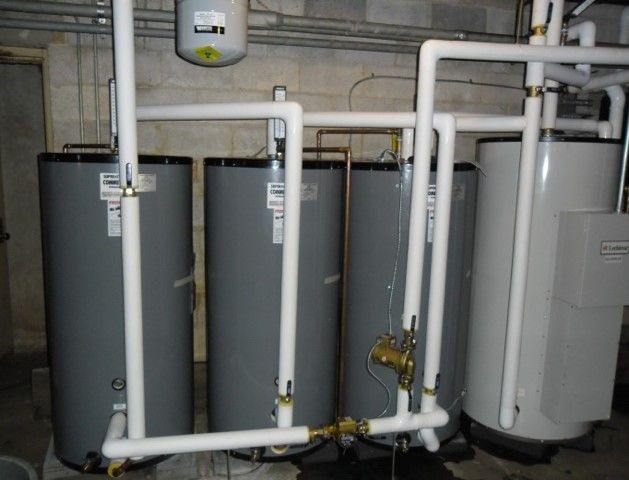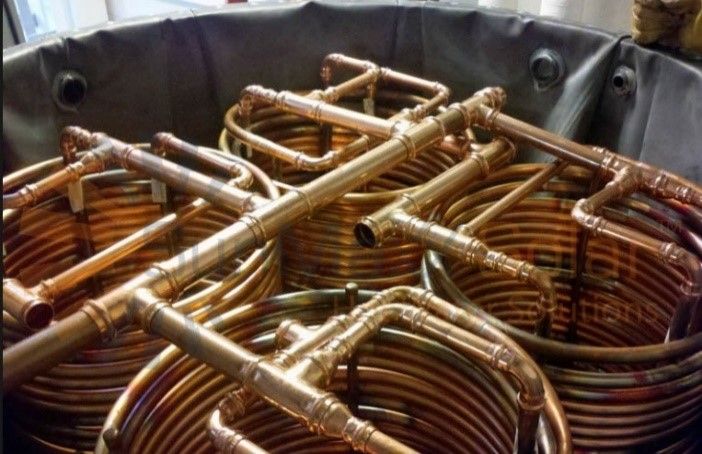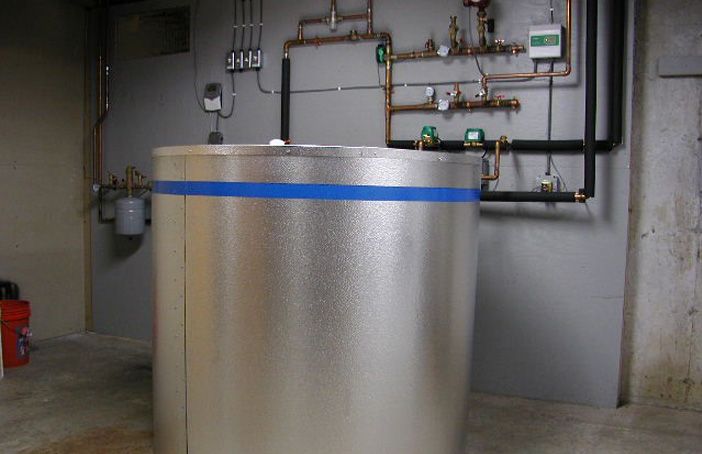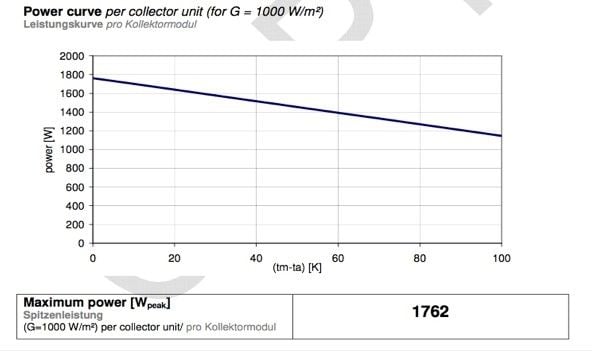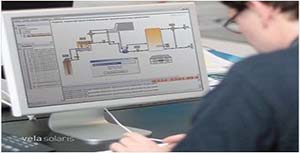I’ve been told I can add multiple collectors on a single 80 gallon tank.
Yes you can add as many as you want to a single tank and the tank will heat up quickly but consider this.....
Let us say you buy a normal gas fired 40 gallon water heater from Home Depot. Say the gas burner in this is 40,000 BTUs. Say this will heat the 40 gallons of cold water to 130 Deg F in 30 minutes.
If instead of this, say you buy the same sized tank but this one has a 160,000 BTU gas burner (4 x the size). All this means is the water will be heated 4 x as quick. You still only have 40 gallons of hot water.
With a gas burner this is OK, when the sun is not shining the gas will heat more water. With a solar collector this cannot happen, you cannot heat the water with solar when the sun is not shining! 40 gallons of hot solar water will not last long when the sun goes down. If you are trying to heat a home or garage with it then the heat in the tank will be gone very quickly.
If you put 3, 4 or 5 solar collectors on a 40, or even an 80 gallon tank, you will have the same problem this. It will heat the tank quickly, often by midday the tank will be at nearly boiling point and you then have to install systems to "dump" the heat. It’s really not worth it.
OK... so now we know you need more storage, what next...
Let us add some more pressurized solar tanks (proper solar tanks). This sounds easier than it is. In the photo below, for example, if you have 3 x 80 gallon tanks you can plumb them together so the water flows through them all together giving you an effective 240 gallons. The tanks alone will cost you approx. $2000 each just to buy, then you have to plumb them together making sure the flow is balanced across all the tanks. You will need to buy more piping, insulation, balancing valves etc.
If you get the "balancing" wrong, then all the flow from the solar collectors goes the path of least resistance and only one tank heats up which is a waste of money and stored energy.
As you can imagine, trying to do this for solar system on larger commercial solar water heating projects is simply uneconomical.

